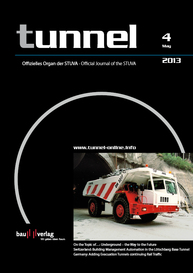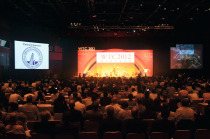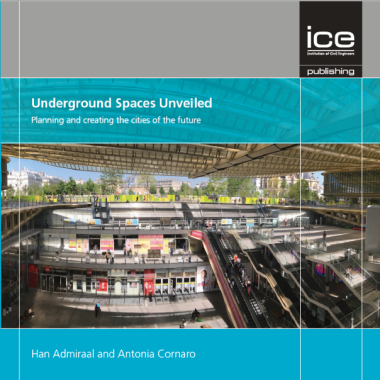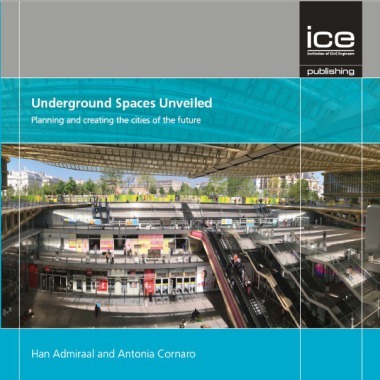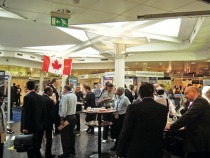Underground – the Way to the Future
This year’s World Tunnel Congress and the 39th General Assembly of the ITA (International Tunnelling and Underground Space Association) are taking place between May 31 and June 7 in Geneva/CH. The Swiss Tunnelling Society, which is organising the WTC, has chosen the motto “Underground – the Way to the Future” as it is convinced that underground space has a substantial role to play in future.
Great challenges are pending on a worldwide scale: an ever larger number of people are living in cities and agglomerations, where tasks in the field of the transportation and infrastructure are constantly increasing so that they can actually only be resolved by using underground space to a growing extent. Coastal areas are primarily threatened by climate change with rising sea levels and this is where most urban spaces are located. Prevention of major floods – for example through underground “stormwater drainage systems” has emerged as a task of eminent economic importance. The scarcity of space on the surface for urban areas has led to a situation where less significant facilities on the surface are increasingly being relocated underground from extensively built-up areas. The setting up of complete industrial complexes such as waste incineration plants underground is already being planned. Indeed, individual examples of such plants have actually been accomplished. There are still many challenges needing to be faced.
Just how can such challenges be met? In actual fact, only with concepts, which quite explicitly embrace underground space. Urban areas of the future urgently depend on underground space being efficiently exploited.
Essentially, increasing use of underground space extends beyond tunnelling as such and also relates to mining: an increasing need for minerals, rising prices for raw materials, environmental requirements affecting open-cast mining and further factors inevitably lead to mining advancing to greater depths in future. Mining of the future is also dependent on the exploitation of underground space if resources located at considerable depth are to be opened up.
All those involved must pursue a common approach to take advantage of the potential afforded by underground space and come up with solutions to problems. Politicians are needed, who see and want to exploit this potential. Planners and consultants are required, who are just as capable of including underground space in planning urban areas as areas on the surface. Architects must create spaces, which people feel comfortable to live in even if they are underground. And clients are needed, who can provide financial resources for innovative solutions.
And first and foremost, an industry is needed, which develops, tests and applies innovative solutions for accomplishing such schemes. If you look back one, two or more decades, you get the impression that no substantial innovations have occurred in tunnelling for a long time. Many improvements and detailed optimisations of existing technologies and their application in greater dimensions – however, novelties as such, actual breakthroughs with innovative approaches and urgently needed concepts in order to facilitate large-scale utilisation of underground space in the first place, have been absent. We are still working with the same basic principles as were applied decades ago.
If you appraise technical developments in other fields during the past 20 to 30 years, it is easy to gain the impression that tunnelling has stagnated. Who uses the telephone today like we did 20 years ago? Who wants to drive a car, which was state of the art back in 1995? Which engineer still uses a drawing board nowadays? However, we still drill blast-holes, spray concrete, install arches or segments. Perhaps with more mature technology, larger dimensions and in more complex geologies, but basically still the same as 20 years ago.
The exploitation of underground space necessary in the future, however, does make substantial development steps in our branch essential. Should this not be accomplished, the lack of innovative force could result in our branch exerting a negative influence on the necessary development of cities and urban areas in future.
A perspective of this kind must act as a spur for our branch in dealing with this topic and playing our part in future developments. Should the 2013 WTC motto “Underground – the Way to the Future” apply, then we must have a fundamental interest in being equipped to follow this path into the future – with the technologies, the know-how and competences, which are required.


